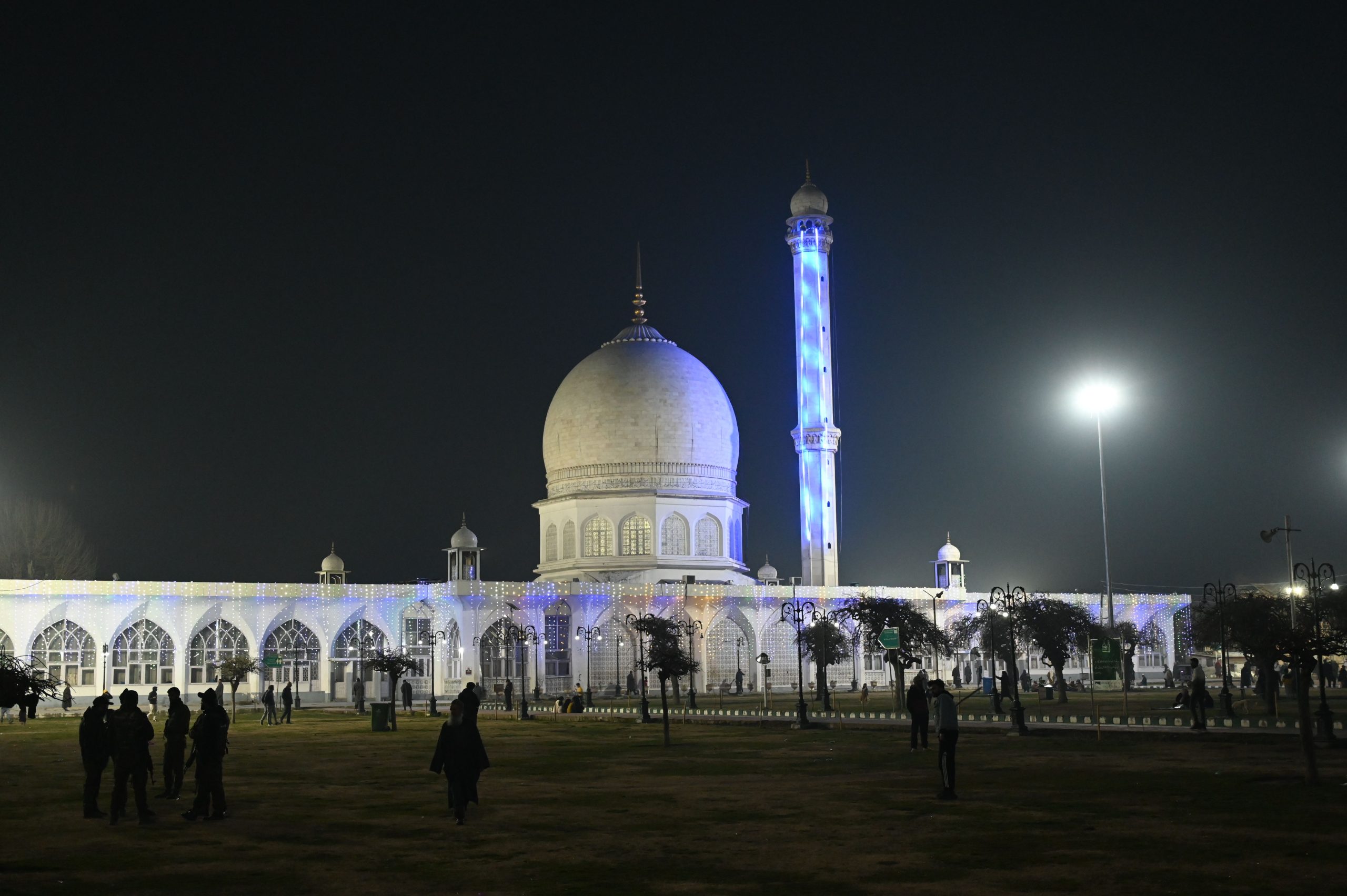By: Mohammad Irfan Shah
Engineering can be considered a discipline of science and mathematics to problem-solve and analyse how systems function and find practical applications for research. In the modern world, engineers can be seen engaged in discovering renewable resources or biomaterials for efficiency with less cost, testing efficiency of the engine and alternative energy sources, building infrastructure, designing clean water systems and modern prosthetics.
All the branches of Engineering including Civil Engineering, Computer Science Engineering, Electronics and communication, Electrical Engineering, Mechanical Engineering, Chemical Engineering, Architectural Engineering, Food Technology and much more are basically covering nearly all dominions of modern life as has historically been the case.
Civil engineering is a skill-based professional engineering field related to the plan, construction, and maintenance of the physically created and natural infrastructures, such as roadways, canals, reservoirs, bridges, airports, drainage pipes, conduits, structural elements of structures, and rail lines. It is perhaps one of the oldest Engineering fields.
It is due to massive advancements that engineering has become a fundamental area that designs and drafts the modern city-states. Animal paths were the first roads, which humans later adapted. With time, things evolved, and Civil Engineers started to clear trees and obstacles which came in their path (like stone or ridges to get shorter ways for different destinies). A narrow path was formed because of this practice which was then used as a road. But with the advancement of Technology, road development had to keep up with vehicles.
The next challenge came when vehicles with engines that could not be driven over a muddy path were invented; civil engineers proposed a new modification. They constructed roads made of multiple layers of stones to avoid the risk of slipping of carts or vehicles. Later on, to overcome the roughness of stones, burned bricks and carefully shaped stones were laid in bituminous mortar on roads.
Later in the 19th century, Hoof-sized stone blocks, similarly sized wooden blocks, bricks, McAdam’s broken stone, and occasionally asphalt and concrete were used as paving materials by Civil Engineers to overcome problems faced in Wet Weather.
In the modern world, multiple traffic lanes, road widening, and proper drainage are being considered and practically constructed with asphalt concrete having asphalt cement, sand and rock having more durability, higher skid resistance, and smoothness.
According to road traffic technology, the entire length of the US road network exceeds 6.58 million kilometres, making it the world’s longest and largest road network. It has 4.3 million kilometres of paved roads, including 76,334 kilometres of expressways and 2.28 million kilometres of unpaved roads.
As reported by the international society for concrete pavements, five students from SSM College of Engineering, Pattan, under the guidance of Insha Shahzad and Shafaqat Bhat, have tested “Use of discrete fibres in concrete road pavements” to overcome problems regarding roads developing cracks in Kashmir.
When there was no concept of construction, people used to live under trees and in caves. Later, people used tree leaves and branches to form a tent-like structure. Building construction started in the Neolithic Age. At that time, people used bones, stones, metals, barks, bamboo, clay, lime plaster, and many more naturally found objects as building materials. With time, things started to evolve. Now, people use large stones, timber, lime mortar, mud bricks, and iron to construct shelters for themselves.
In the 17th and 18th centuries, building materials were used according to need. Use of iron over timber was preferred in the case of fire-resistant buildings; glass was used for structures where ample sunlight was required; bricks were moulded by hand and fired in kilns; cast iron became increasingly used for columns and beams; steel was used to manufacture construction tools, and the use of scaffolding had already started.
In the 19th and 20th centuries, the industrial revolution took place, which is why we got to see railways, canals, and macadam roads. Elevators and cranes facilitated the construction of high-rise structures and skyscrapers, while heavy and robust machinery reduced labour. Computer-Aided Design and prefabrication are also used now.
In the modern civil engineering world, drywall plate glass, steel, cast iron, and reinforced concrete is used to build stronger, lighter, and taller structures. In today’s structures, we see broad roof overhangs, walls of glass and large windows, open and well-defined floor plans, and asymmetrical designs.
With a roof height of 828m, the Burj Khalifa is the tallest structure and building in the world since its topping out in 2009, supplanting Taipei 101, the previous holder of that status.
The first bridges were most likely constructed from tree trunks, branches, and stones. With time, the use of ropes, iron, steel and large trunks of trees were pounded into the stream beds to strengthen the bridges. Later, cement, water, lime, sand, and volcanic rock were used to strengthen bridges.
With the growth of the industrial sector in the mid-nineteenth century, cars and trains began to circulate, utilizing the existing transportation system. As a result, more roads, railroads, and bridges were built to meet the increased need for transportation. Steel, reinforced concrete, and prestressed concrete are almost entirely used to construct modern bridges. The six fundamental modern bridge types are the beam, truss, arch, cantilever, cable-stayed, and suspension.
The world’s longest bridge spans are currently suspended. The Akashi Kaikyo Bridge in Hyogo, Japan, has the longest main span at 6,529 feet (1,990 m).
Civil engineering is the second-oldest branch of engineering after military engineering in terms of years of existence. Food, clothing, and shelter are the fundamental needs of all human beings, and one of these three essential requirements is provided by civil engineers, i.e., shelter. Civil engineers give life to their drawings and designs.
As the world becomes more complex than ever before, we must select a profession that is considerably more in demand by the general population. Civil engineering is one of those professions that allow you to preserve your financial well-being while also contributing to your community.





